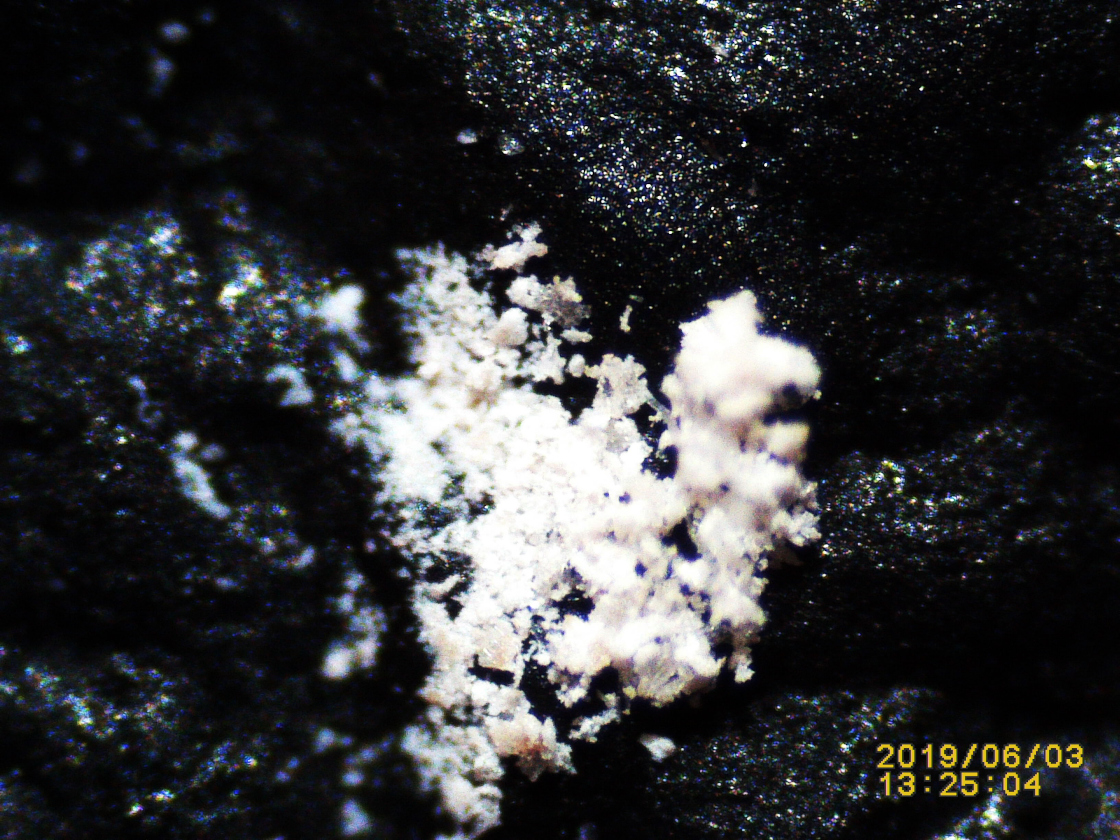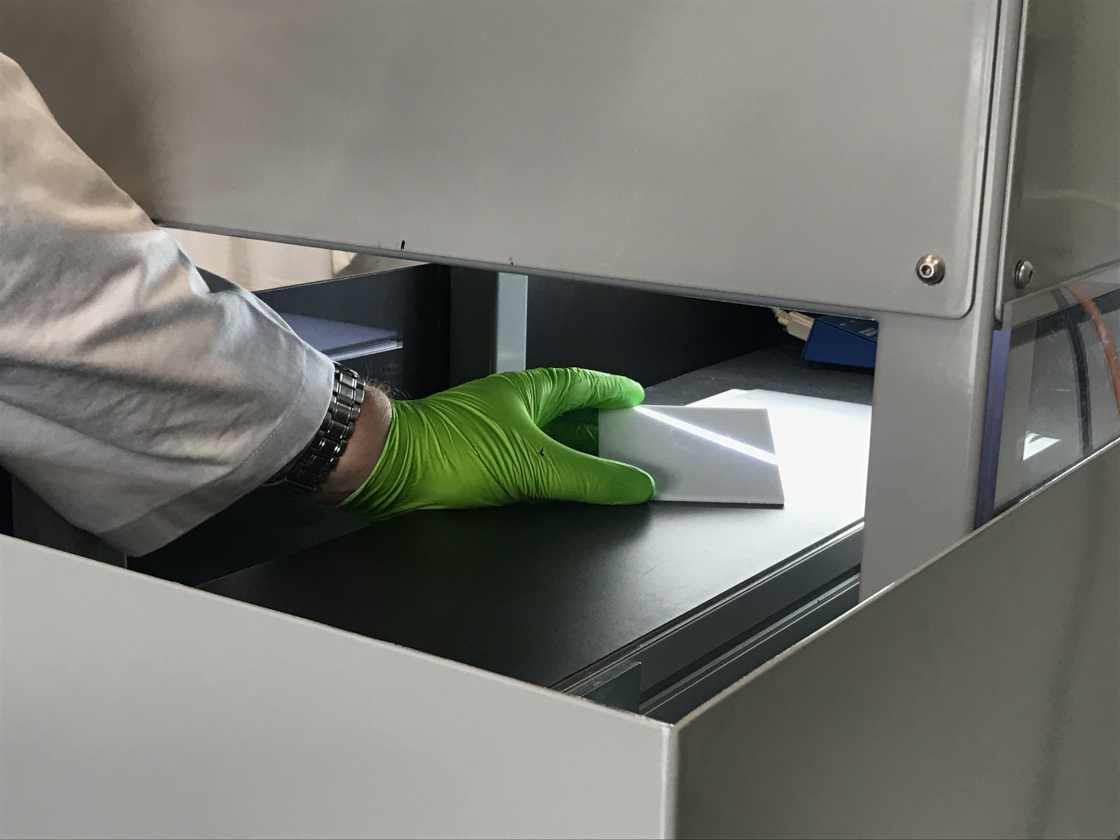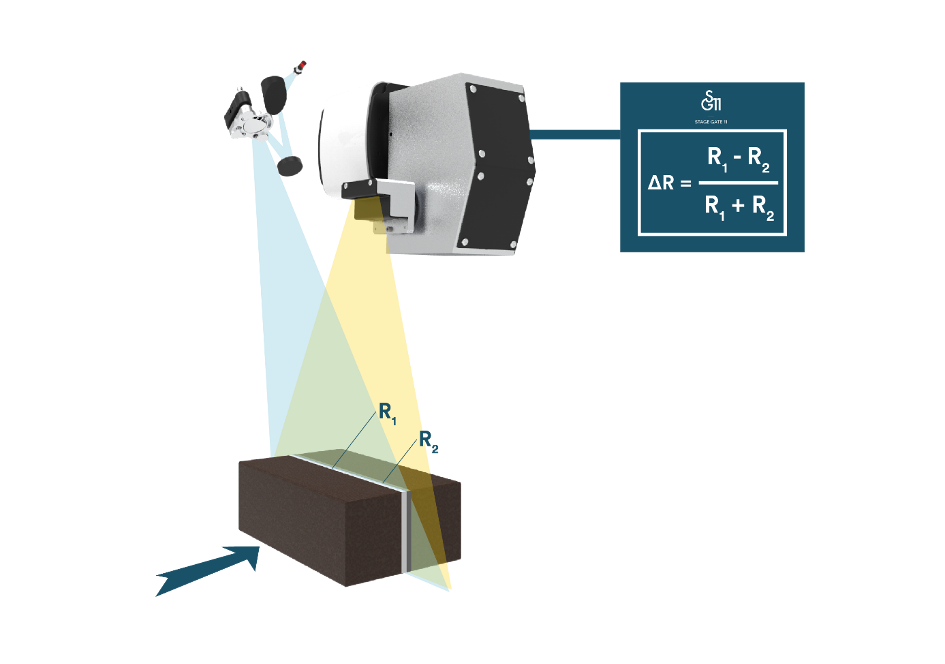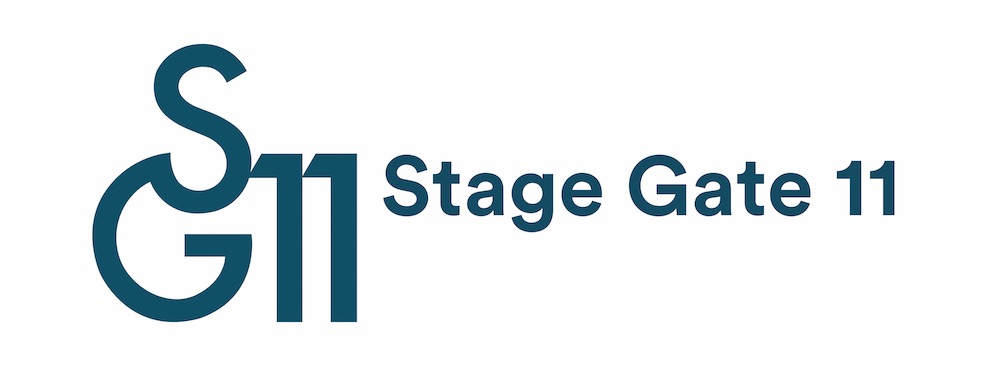Using spectroscopy to find trace amounts of materials
| Company | Stage Gate 11 B.V. |
|---|---|
| Date | 12.04.2023 |

What encompasses the Delta R technology? Where did it start? And how could it benefit you? In this insight Rob Satink will elaborate, and give you insight in our core technology: Delta R.

Demonstration of the Delta R Lab Scanner
Back in 2016, I received a call from Gunther van Adrichem, it had been a few years since we were last in touch. The conversation came completely out of the blue, but it was one which I remember to this day.
Gunther told me an outrageous story about a technology which he had uncovered with his partners, Michiel Poppink and Wil Ruijsbroek. A technology which could detect extremely small amounts of substance. I was both excited and puzzled. How could this be? Can this technology be that sensitive? How should we understand the physics?
I knew of technologies which were capable to find small amounts of material, but not in the sense in which he described it. However, knowing Gunther, he was not the type of guy to just hype some off-hand technology.
In 2020, I joined Stage Gate 11 B.V. as lead of the technology development department, to further develop this exciting technology.
Nowadays, a few years later, we thoroughly understand, and we even maximized some of the aspects of the technology, to allow for such sensitive solutions as the Delta R Optical Trace Detection solution.
What is Delta R technology ?
Delta R technology can be understood in the simplest of terms. We look at reflectivity of surfaces and contaminants which are sitting on top of those surfaces. To find the contaminants, we need to have contrast between the surface and the contaminant. But beyond this, we also do want to be sure that we can distinguish between accidental contrast and the actual substances which we are looking for. One of the choices available to identify substances is spectroscopy.

Graphical Depiction of the technology
The reflectance spectroscopy used within Delta R technology has been specifically optimized, to allow to selectively find these substances. By using a specific range of colours of light, we can uniquely identify the substance of interest. This involves both a high-end light source and a specifically optimized spectrograph.
The actual Delta R magic happens inside our algorithms. We weed out the signals of contaminants and analyse their similarity to substances which we are looking to find.
Sounds simple enough, right? Well, yes, simple in these few words, but complex when putting it to actual use.
Because of the many variables, we have to put in place high levels of assurance that what we are attempting to do is actually connected to reality. As an example, it is quite easy to set up an algorithm which looks for the “wrong” things. Teaching the algorithm what is right, is a specialistic task, and involves both a deep understanding of the nature of the substances which we attempt to find, but also a thorough grasp of the measurement principle and the ways in which the data aspects may be resolved.
The Technology Development Team within Stage Gate 11 comprises of specialists in the fields of forensics, chemistry, math, biology, data sciences and physics. This is what it takes to get it right!

